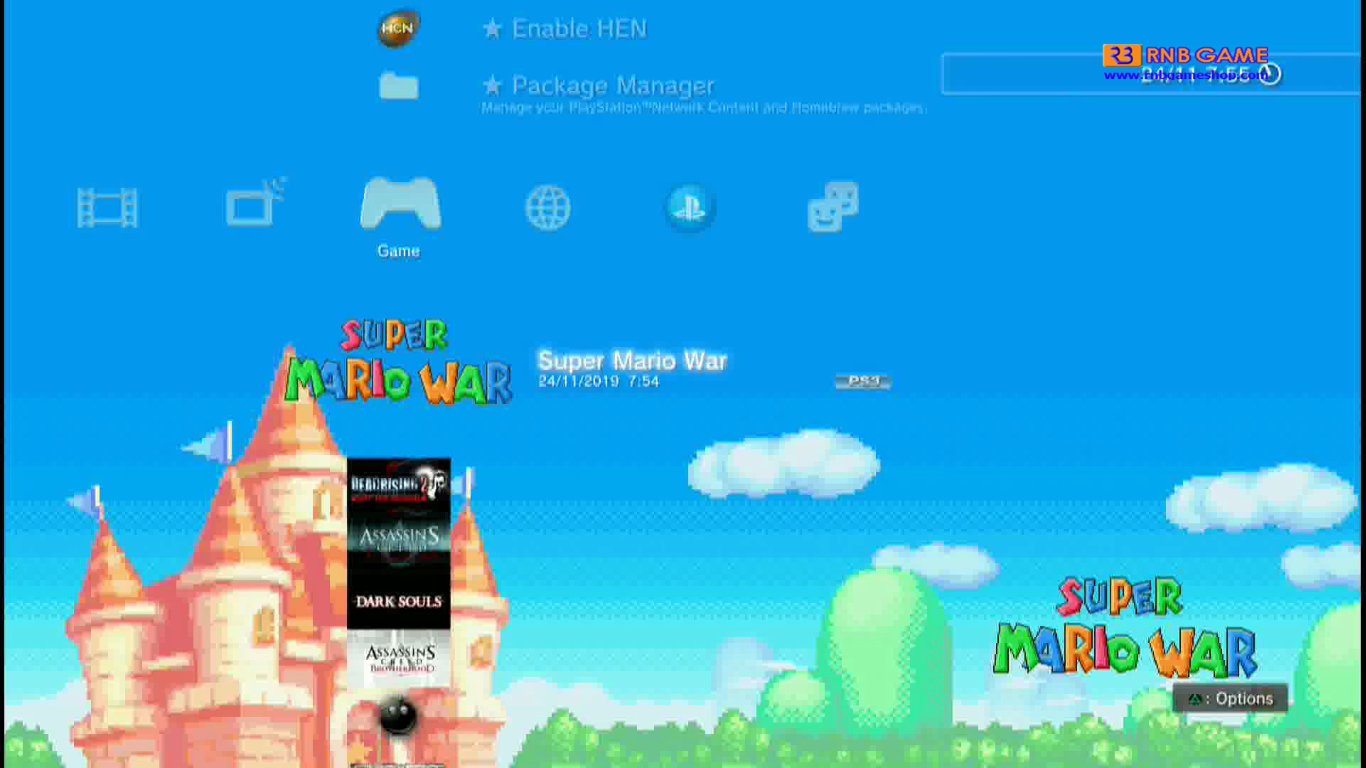


Now, it's time for the third and final step – opening Command Prompt and running ADB. Connect the smartphone to your Windows computer via USB-C or Micro USB cable.Open Developer options, locate the Debugging section, and enable the toggle beside "USB debugging.".Go back to the app's home page and search for "Developer options.".You should see an on-screen message stating "Developer mode has been enabled." Then tap on Software Information, and press "Build Number" seven times.Head to the Settings app and open "About phone.".The second part of using ADB involves enabling USB Debugging on your Android phone. In such cases, you should still see an option to disable the app, which stops all the related processes, frees some memory, and removes the app icon from the home screen and the app drawer. However, in some cases, manufacturers could integrate the bloatware with the system, which makes it hard to remove. Usually, you can uninstall most third-party apps from your Android phone. You can also uninstall an app in the Google Play Store. Confirm your selection by hitting "OK" or "Disable App" in the pop-up menu that appears.If you don't see an option to uninstall the app, tap "Disable." Tap the app to open the app info page, and then hit the "Uninstall" button at the bottom of the screen.In the list of apps installed, locate the third-party app you want to remove.Open the Settings app through the Quick Settings menu, or the app tray.The easiest way to remove third-party bloatware apps from your Android phone is to uninstall them using the Settings app.


 0 kommentar(er)
0 kommentar(er)
